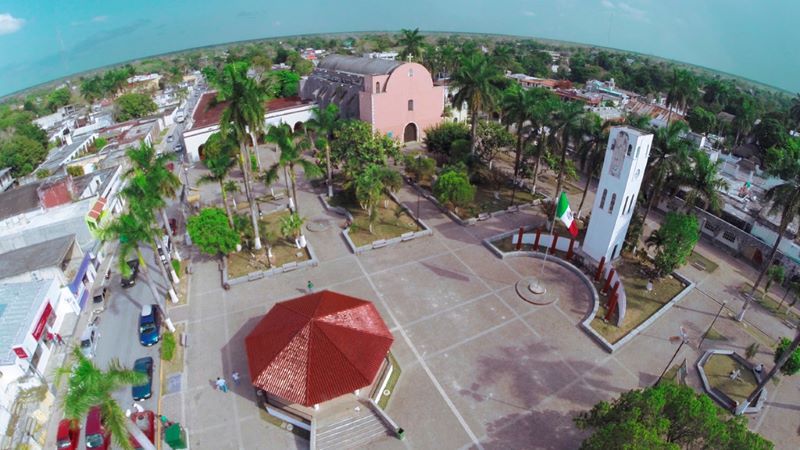The Heart of Mayan Yucatan: Explore Muyil, Felipe Carrillo Puerto, and Beyond
Discover the heart of Mayan culture on this journey through the Yucatan. Explore ancient roots, immerse yourself in rich culture and hospitality, and enjoy the natural beauty of this often overlooked region. Visit to fully experience the essence of the Mayan people.

Discover the heart of Mayan culture on this journey through the Yucatan Peninsula, with a focus on the quintessential Mayan region of Quintana Roo. Explore the ancient roots of the Mayan people at the rare archaeological site of Muyil and learn about the modern history of resistance and resilience at the former capital of Chan Santa Cruz, now known as Felipe Carrillo Puerto. Immerse yourself in the Mayan people's rich culture, language, customs, and daily life. Enjoy their hospitality and the natural beauty of this region, which is often overlooked.
Start your adventure in Felipe Carrillo Puerto, a convenient base for your travels. Head northwest on federal highway 295 towards Valladolid, Yucatan, taking a secondary road that heads east through Francisco I. Madero and Chumpón. This road may be narrow, but it is safe for all types of vehicles as long as you drive with caution. Continue on Federal Highway 307, the main north-south axis of the state, until you reach the stunning archaeological zone of Muyil and the breathtaking shore of its namesake lagoon.




